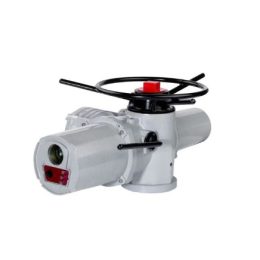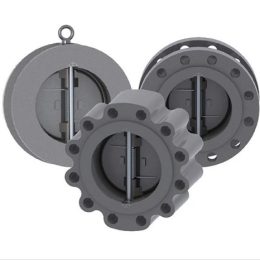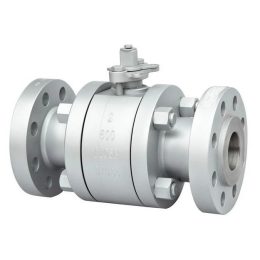Corrosion Resistance Grade Of Sanitary Valve
Sanitary valves are crucial components in various industries, especially in the food and beverage, pharmaceutical, and chemical industries. The valves’ durability and performance are significant factors that affect the overall efficiency and safety of the production process. However, one common problem that occurs with valves is corrosion, which is the damage caused to metal materials of such valves under chemical or electrochemical environments.
Corrosion can lead to several issues, such as leaks, contamination, and malfunctioning of the valves, which can result in significant losses, safety hazards, and production downtime. Hence, it is essential to understand the corrosion resistance grade of sanitary valves and the factors that affect it to ensure their reliable operation.
The corrosion rate of the valve body
The corrosion rate of the valve body depends on various factors, such as temperature, pressure, chemical properties of the medium, and the valve body material’s corrosion resistance. The corrosion rate can be classified into six grades, as follows:
- Complete corrosion resistance: the corrosion rate is less than 0.001 mm/year.
- Highly corrosion-resistant: the corrosion rate ranges from 0.001 to 0.01 mm/year.
- Corrosion resistance: the corrosion rate ranges from 0.01 to 0.1 mm/year.
- Still corrosion resistance: the corrosion rate ranges from 0.1 to 1.0 mm/year.
- Poor corrosion resistance: the corrosion rate ranges from 1.0 to 10 mm/year.
- No corrosion resistance: the corrosion rate is greater than 10 mm/year.
The valve body’s anti-corrosion
The valve body’s anti-corrosion mainly depends on the proper selection of materials. Although anti-corrosion information is abundant, selecting the right material is not easy due to the complexity of the corrosion problem. For instance, when the concentration is low, sulfuric acid is highly corrosive to steel; however, a passivation film can prevent corrosion. Hydrogen only displays strong corrosiveness to steel under high temperature and high pressure, while chlorine gas is not very corrosive when dry but has strong corrosiveness when there is a certain humidity. Many materials cannot be used. Choosing valve body materials is challenging because the corrosion problem, pressure and temperature resistance capability, economic feasibility, and ease of procurement must be considered. Therefore, one must be careful while selecting the material.
Moreover, the valve design also plays a vital role in preventing corrosion. The valve’s surface finish, shape, and size can affect the velocity and direction of the fluid and the deposits that form on the valve’s internal surfaces, which can lead to corrosion. The use of proper coatings, such as epoxy and fluoropolymer, can also enhance the valve’s corrosion resistance.
Additionally, regular maintenance and cleaning are essential to prevent corrosion. Sanitary valves are usually cleaned using automated or manual cleaning methods, such as CIP (Clean in Place) and SIP (Sterilize in Place), which use various chemicals and cleaning agents. However, the cleaning process must be carefully monitored to ensure that the cleaning agents do not damage the valve’s surface or affect its corrosion resistance.
In conclusion
understanding the corrosion resistance grade of sanitary valves and the factors that affect it is crucial for ensuring their reliable operation and preventing safety hazards and production downtime. Proper selection of materials, valve design, and maintenance and cleaning practices can significantly enhance the valve’s corrosion resistance and prolong its service life.



